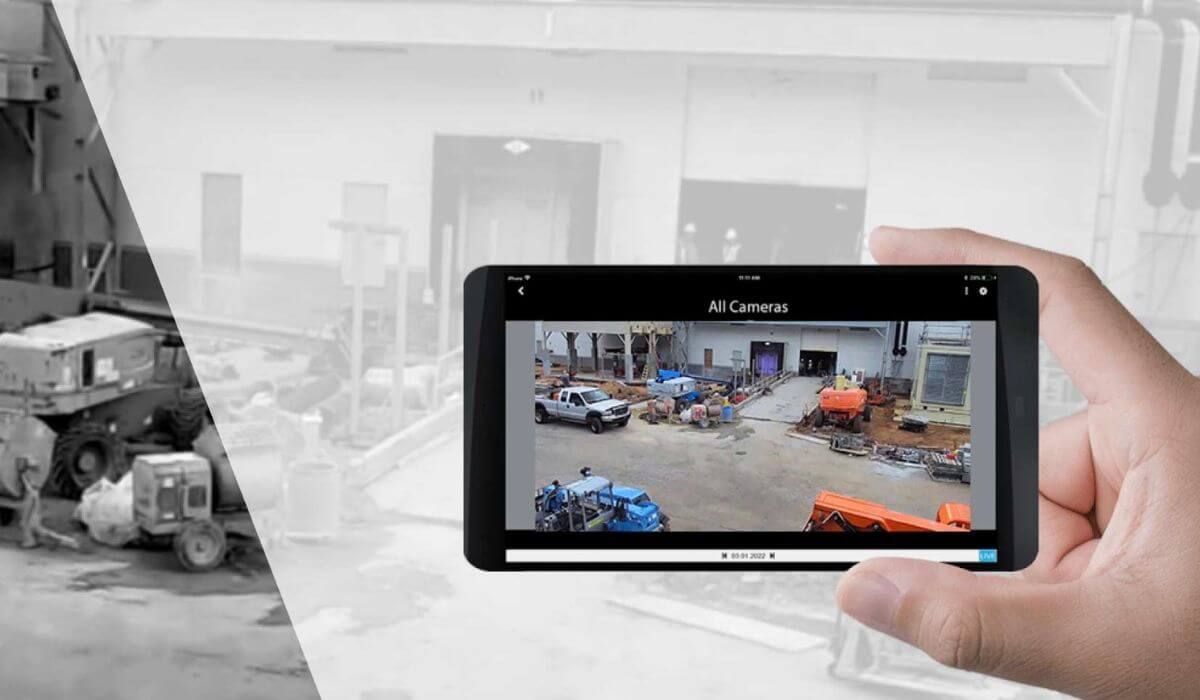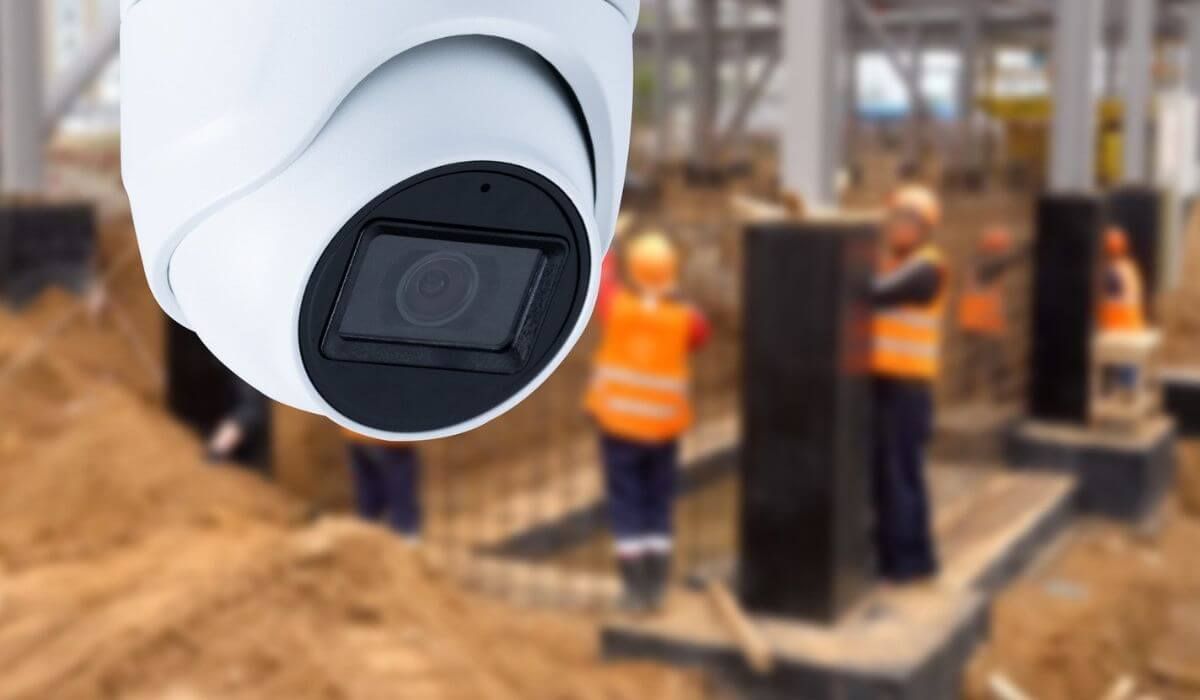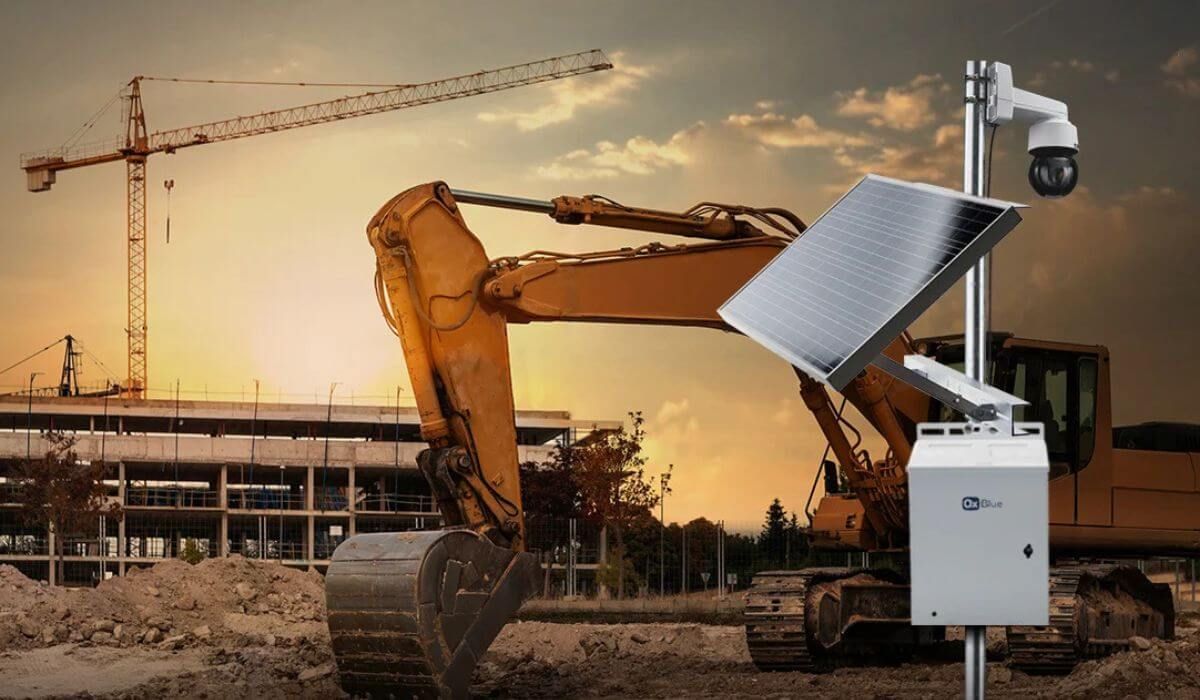Where to Place Home Security Cameras – Expert Tips by Scavi
In today’s Sydney households, home security cameras are no longer a luxury—they're a must. With burglary rates rising in some suburbs and the growing demand for home deliveries and Airbnb-style rentals, it's no surprise that camera installations have spiked. In fact, a 2024 consumer trends report found that over 45% of Sydney homeowners have installed at least one security camera, with more planning to expand their systems in 2025.
But simply owning a camera isn’t enough. What truly determines its effectiveness is where you place home security cameras—whether it’s an outdoor device keeping watch over your driveway or an indoor unit monitoring the living room. Done right, placement enhances safety, maximises field of view, and deters unwanted activity. Done wrong, it leaves blind spots—and wasted investment.
So how do you make sure your camera is working its hardest? Let’s walk through expert insights, real-life mistakes, and proven tips from the SCAVI team.
Where to Place Home Security Cameras for Maximum Coverage and Safety
Why Camera Placement Matters More Than Just Having a Camera
You could have the best camera in the world, but if it’s pointed at the wrong corner—or worse, obscured by a door frame—it becomes little more than a blinking light. Proper placement increases deterrence, ensures useful footage during an incident, and supports fast response times.
Real-Life Examples from Sydney Homes with Poor vs. Strategic Placements
One North Shore homeowner had a camera pointed directly at their garden path—great for the plants, not so great for catching the person stealing packages from their porch. In contrast, a family in Marrickville consulted SCAVI before installing, placing cameras at multiple choke points: entry, garage, and hallway. Their system captured a suspicious visitor before anything went missing.
SCAVI’s Expert-Tested Approach to Strategic Camera Layout
At SCAVI, we assess lighting, traffic flow, vulnerable access points, and property layout to guide camera positioning. We also recommend a layered approach—starting with core entry points, then extending coverage based on lifestyle, family needs, and property type.
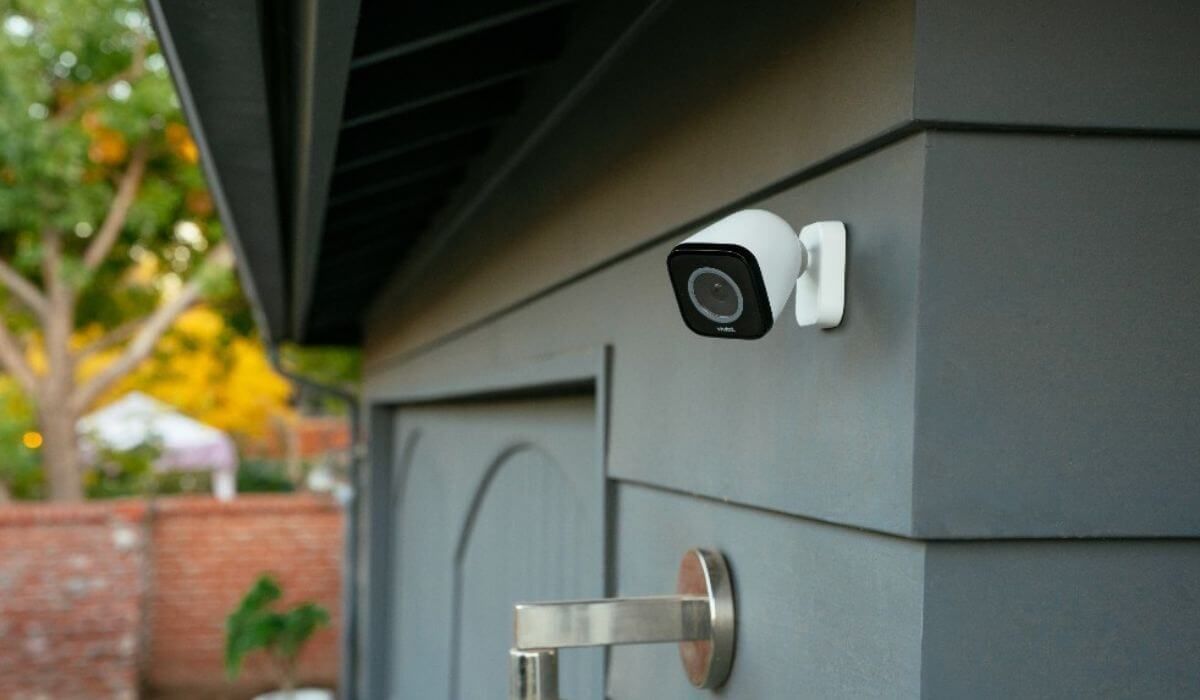
Best Places to Install Security Cameras in and Around Your Home
Front Door – The #1 Spot for Deterring Intruders and Package Theft
Around 34% of burglars enter through the front door. It’s also where parcels are left and guests first arrive. That makes the front door one of the best places to install security cameras, especially with a wide-angle view from above the door frame or side lighting.
Back Door and Side Entrances – Often Neglected, Highly Vulnerable
Back and side doors are popular targets precisely because they're less visible. Placing a discreet camera here ensures you don’t miss movement in quieter zones.
Garage and Driveway – Monitor Vehicles and Tools 24/7
Whether you store bikes, tools, or a prized car, the garage and driveway deserve protection. Cameras with motion alerts can notify you of anyone approaching or lingering near your vehicles.
Main Living Areas – Ideal for Monitoring Babysitters or Break-ins
For families, indoor cameras placed in the lounge or kitchen can monitor childcare arrangements, cleaner visits, or unauthorised access from interior doors.
Hallways and Staircases – Track Movement Through Access Zones
If someone gets inside, hallway or staircase cameras help track their movement—especially in multi-level homes where activity could go unnoticed until it's too late.
Home Security Camera Placement Tips to Avoid Blind Spots
Height, Angles, and Field of View: How to Cover More with Less
A common mistake is placing cameras too low or too high. Mount cameras around 2.1 to 2.5 metres off the ground, angled downward at about 30–45 degrees to cover key zones without distortion.
Lighting Conditions: Avoid Glare, Backlight, and Darkness
Place cameras to avoid direct sunlight or headlight glare, and ensure you have either built-in night vision or supporting lights in darker areas.
Avoiding Privacy Pitfalls: Where Not to Place Your Cameras Indoors
While indoor coverage is important, avoid pointing cameras at bedrooms, bathrooms, or guest areas. Respecting household privacy keeps things safe and comfortable.
Indoor vs Outdoor Camera Placement – What You Need to Know
Outdoor Camera Priorities: Weatherproofing, Night Vision, and Motion Zones
Outdoor units need to be weather-rated (IP65 or above), placed near lighting, and ideally positioned to capture motion as people approach—not when they’re already too close.
Indoor Camera Strategies: Entry Points, Valuables, and Family Safety
Focus indoor cameras on entry points, open-plan areas, or rooms with high-value electronics. Indoor footage is especially useful for confirming false alarms or incidents involving visitors or pets.
Combining Both: Creating a Seamless Home Security Ecosystem
The most secure homes use a blend of
indoor and outdoor camera placement, with overlapping views and centralised mobile access. This provides visibility across both perimeters and interiors, 24/7.
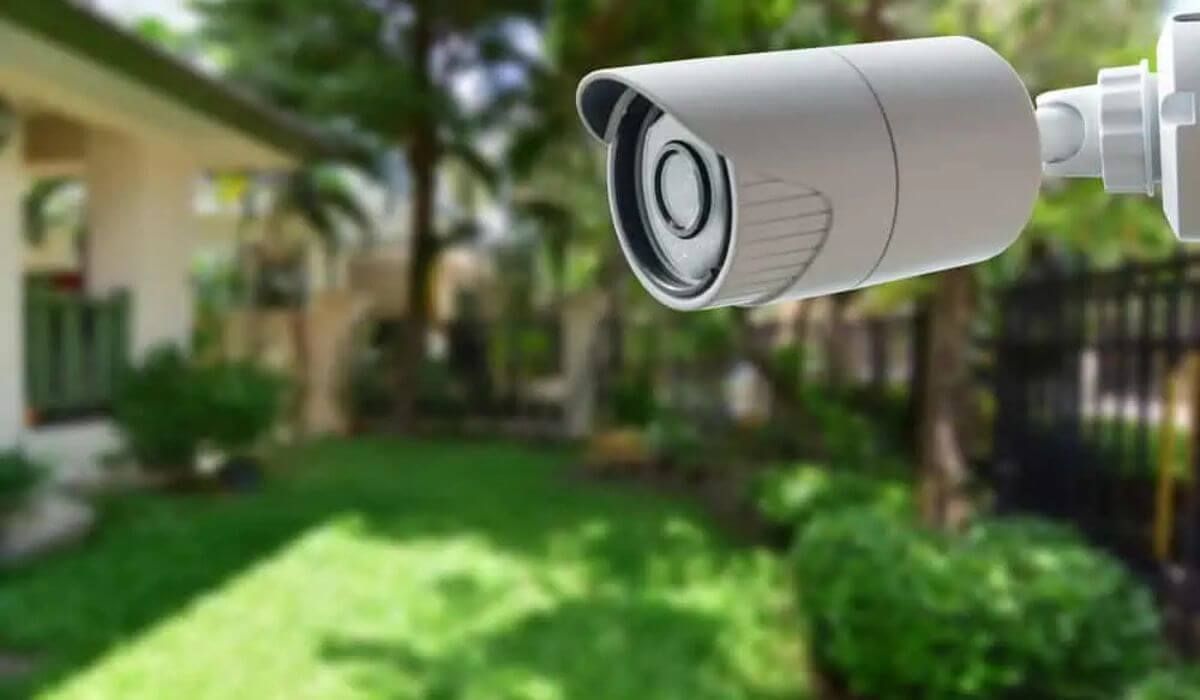
Scavi’s Security Camera Installation Guide for Sydney Homes
Common Mistakes Sydney Homeowners Make (and How Scavi Solves Them)
We’ve seen cameras blocked by screen doors, misaligned by strong winds, or aimed directly into neighbours’ windows, creating privacy concerns. SCAVI avoids these by conducting a site-specific walkthrough before installation.
Tools and Accessories We Recommend for Non-Invasive Installation
We often use adjustable brackets, protective housings, and smart cabling systems that avoid drilling or damaging finishes. Especially important for renters or heritage homes.
When to DIY and When to Call SCAVI’s Expert Technicians
While many cameras today are DIY-friendly, proper positioning, integration with alarms or AV systems, and legal compliance often call for a professional touch. SCAVI offers both consultation and full-service installation.
Case Studies: How SCAVI Helped Sydney Families Secure Their Homes
A Family in Western Sydney Protecting Their Front Yard and Driveway
After two incidents of vehicle break-ins, a couple in Penrith contacted SCAVI. We installed wide-angle outdoor cameras with night vision and driveway motion alerts—dramatically improving their peace of mind.
A Bondi Apartment Setup Using Indoor Monitoring for Babysitters
Living in a top-floor apartment, this young family wanted discreet indoor visibility. SCAVI recommended low-profile indoor cams with secure cloud access and clear zones for privacy.
A Multi-Camera Setup for a Home in North Shore with Garage Theft Concerns
When expensive tools went missing, SCAVI helped this homeowner install
angled cameras with a clear view of all garage doors, connected to mobile alerts and an AV-integrated monitor inside the home office.
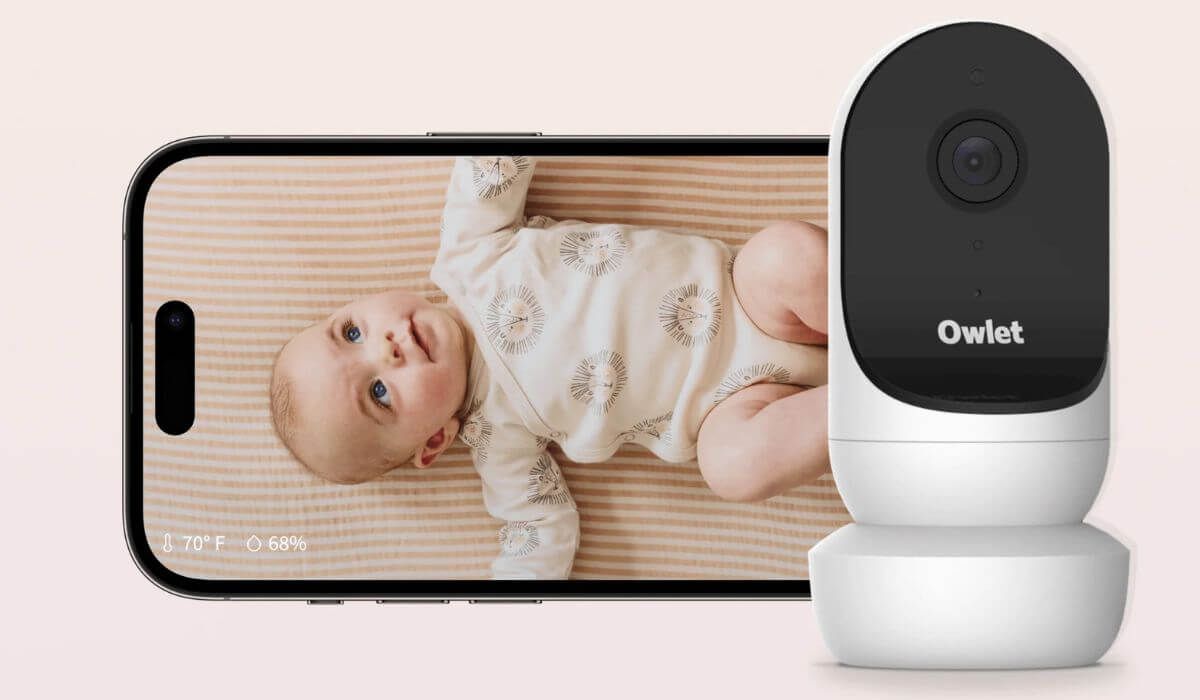
Final Checklist: Where to Place Home Security Cameras and Why It Works
Quick Reference List of Must-Cover Zones
If you remember nothing else, start with:
- Front door
- Back and side entrances
- Garage/driveway
- Key indoor living areas
- Hallways or staircases
A Reminder of What Makes a Good vs. Ineffective Placement
Good placement = clear line of sight, proper lighting, strategic angles, and legal compliance.
Ineffective placement = low visibility, wrong height, or blind spots.
Get SCAVI’s Custom Placement Plan Tailored to Your Home Layout
Every home is different, and that’s why SCAVI offers custom layout assessments before installation. Whether it’s a townhouse in Alexandria or a duplex in Bankstown, we design around your layout, lifestyle, and budget.
Where to Place Home Security Cameras for Real Protection
Knowing where to place home security cameras can make or break your system’s effectiveness. Strategic placement improves visibility, deters unwanted activity, and ensures you’re capturing what truly matters, without wasting resources or compromising privacy.
Need help planning your setup or want to avoid costly mistakes?
This article is brought to you by SCAVI – Sydney’s trusted name in security and AV installation services.
Contact us today for tailored advice, seamless installation, and expert service you can count on.

